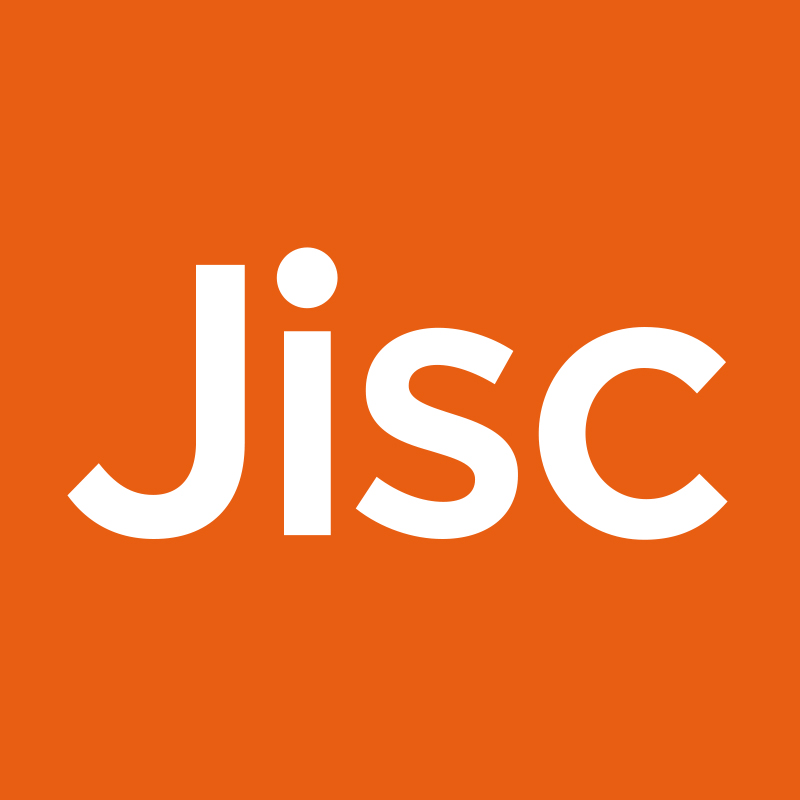Tony Sheehan, of Gartner, observed in this morning’s EUNIS 2020 keynote that Higher Education has changed more in the past three months than in the whole of his previous career. Universities have delivered an “extraordinary achievement” in delivering learning continuity through various intensities of COVID-19 lockdown. Now we’re approaching a recovery stage when we can review – “learning optimisation” – and consider what to do next – “learning transformation”.
This needs to recognise that our current (June 2020) practices almost certainly aren’t sustainable in the long term. Most institutions currently have an imperfect implementation of online learning, which depends on the goodwill of both students and staff. But we’ve also learned a lot about what might be possible in future: again picking up an unofficial conference theme that the virus may well have brought the future of education a lot closer.
So now it’s worth reflecting on which aspects of that change we want to keep; which we want to continue but do differently; and which we want to treat as short-term emergency measures. It’s pretty clear that things won’t go back to the way they were: staff and students who have experienced new possibilities won’t want those to be lost. Equally, trying to sustain everything about our current operations is likely to be too stressful for both staff and students: we need to choose the right things to “return to normal”. The resulting plans need to be flexible. We don’t know either when, or under what constraints, that future can be delivered; we may even have to return to stricter measures during any second wave, though there will be less tolerance of improvisation second time around.
In the time between future vision and past experience we should review:
- Our systems: which worked well in the new environment, and which only coped thanks to staff and student commitment;
- Our skills: what did we already have, how can we make improvisations sustainable, and which might we need to train or recruit;
- Our students and staff: how did they feel, what is sustainable beyond crisis mode, how do we prepare for the new world.
